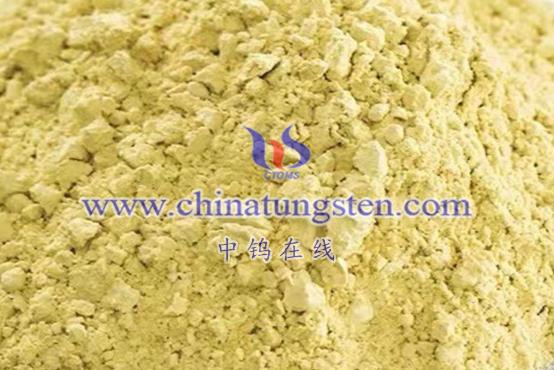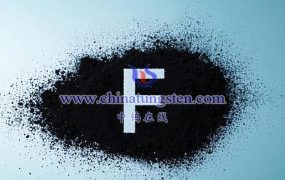
Nanostructured tungsten oxide (such as WO₃) used as a negative electrode material in asymmetric capacitors has wide applications in the energy storage field. Its unique physicochemical properties and electrochemical performance make it one of the key materials for improving the performance of capacitors. Below are the specific applications of nanostructured tungsten oxide negative electrode materials for asymmetric capacitors:
- Supercapacitors
- High Energy Density and Power Density: Nanostructured tungsten oxide as a negative electrode material can provide a higher specific capacity. When combined with suitable positive electrode materials to form an asymmetric capacitor, it can significantly increase the operating voltage and energy density of the capacitor. Additionally, the excellent conductivity and fast ion transport capability of nanostructured tungsten oxide help improve the power density of the capacitor.
- Long Cycle Life: Nanostructured tungsten oxide exhibits good chemical and structural stability, maintaining its morphology and performance during charge and discharge cycles, thus extending the capacitor’s cycle life.
- Environmentally Friendly and Low Cost: Nanostructured tungsten oxide is relatively inexpensive and environmentally friendly, aligning with the requirements of sustainable development.
- Lithium-Ion Batteries
- High Theoretical Specific Capacity: While nanostructured tungsten oxide is often researched as a candidate for negative electrode materials in lithium-ion batteries, its application in asymmetric capacitors shares similarities. In lithium-ion batteries, the high theoretical specific capacity of nanostructured tungsten oxide (e.g., WO₃ with a theoretical specific capacity of 693 mAh/g) and its excellent electrochemical performance make it an important material for improving battery performance. When combined with other materials or optimized in structure, it can further enhance performance, such as improving energy density, cycle stability, and safety.
- Other Applications
In addition to supercapacitors and lithium-ion batteries, nanostructured tungsten oxide negative electrode materials can be applied in other energy storage fields, such as sodium-ion batteries and potassium-ion batteries. These emerging battery systems have similar requirements for negative electrode materials as lithium-ion batteries, making nanostructured tungsten oxide a promising candidate for these applications.
- Specific Examples
- In Supercapacitors: Nanostructured tungsten oxide can be combined with carbon materials (such as carbon nanotubes, graphene, etc.) to form composite materials as the negative electrode, and combined with metal oxides or conductive polymers as positive electrodes to form asymmetric capacitors. This combination leverages the high specific capacity of nanostructured tungsten oxide and the excellent conductivity of carbon materials to improve the overall performance of the capacitor.
- In Lithium-Ion Batteries: Researchers have optimized the morphology and structure of nanostructured tungsten oxide (such as preparing nanowires, nanosheets, etc.) to improve its electrochemical performance as a negative electrode and explore its potential application in lithium-ion batteries.
Conclusion
In summary, nanostructured tungsten oxide negative electrode materials for asymmetric capacitors have wide application prospects in supercapacitors, lithium-ion batteries, and other energy storage fields. With the increasing demand for high-performance energy storage devices and the continuous development of nanotechnology, the research and application of nanostructured tungsten oxide negative electrode materials will receive more and more attention.
More details of tungsten oxide product, please visit website: tungsten-oxide.com
Please contact CHINATUNGSTEN for inquiry and order of tungsten oxide:
Email: sales@chinatungsten.com
Tel.: 86 592 5129595






